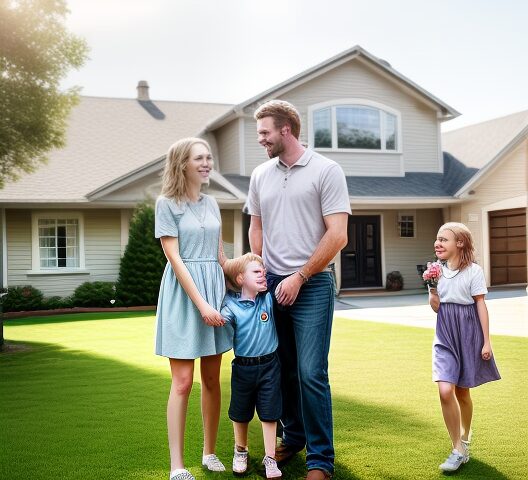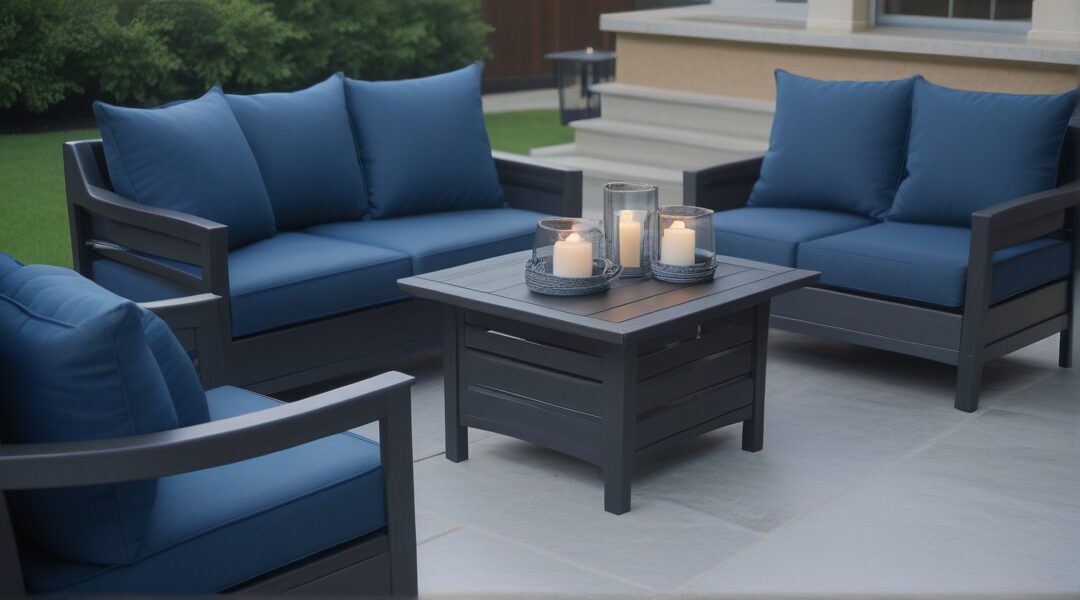Tailored Mortgage Solutions for Every Borrower
Access Your Equity
Get a home equity loan or line of credit for your any goal.
Buy A Property
Solutions for First Time Home Buyers to seasoned investors.
Lower Your Payments
Refinance, consolidate debt and improve your overall cashflow.
Equity Loans for All
Regardless of your current credit or income, there is an equity solution for you. If you own your home, our team can help you tailor a solution to access your equity for whatever your goal.


Mortgage Calculators
Designed to help first-time buyers navigate the complexities of purchasing their first home with ease and confidence.

Real Estate Resources
Specialized mortgage options for self-employed individuals who may have non-traditional income sources.

Credit Management
Innovative programs for borrowers with bruised or bad credit, ensuring everyone has a chance at homeownership.
Borrowers come in all shapes and sizes. We love to help them all.
Self-Employed Mortgages
Specialized mortgage options for self-employed individuals who may have non-traditional income sources.
Reverse Mortgages
Unlock the value of your home and enjoy financial freedom with our unique reverse mortgage solutions.
Bad Credit Mortgages
Innovative programs for borrowers with bruised or bad credit, ensuring everyone has a chance at homeownership.
First-Time Homebuyers
Solutions designed to help first-time buyers navigate the complexities of purchasing their first home with ease and confidence.
Investors, Builders and Developers
Build your real estate portfolio, your custom home, or your next development from the ground up.
Refinancing Solutions
Lower your monthly payments or access equity with our refinancing programs designed to suit your needs.
Our Commitment
Understanding Your Unique Borrowing Needs
At startMortgage, we are dedicated to providing mortgage solutions that fit your unique financial situation. We understand that every borrower is different, and we take the time to listen and understand your specific needs. Our innovative programs are designed to cater to a wide range of borrowers, including those with unconventional credit profiles, self-employed individuals, and seniors looking for reverse mortgage options. We work with a network of trusted partners to ensure that you receive the best possible mortgage solution. Our commitment is to make the borrowing process as seamless and stress-free as possible, so you can focus on what matters most—your future.

